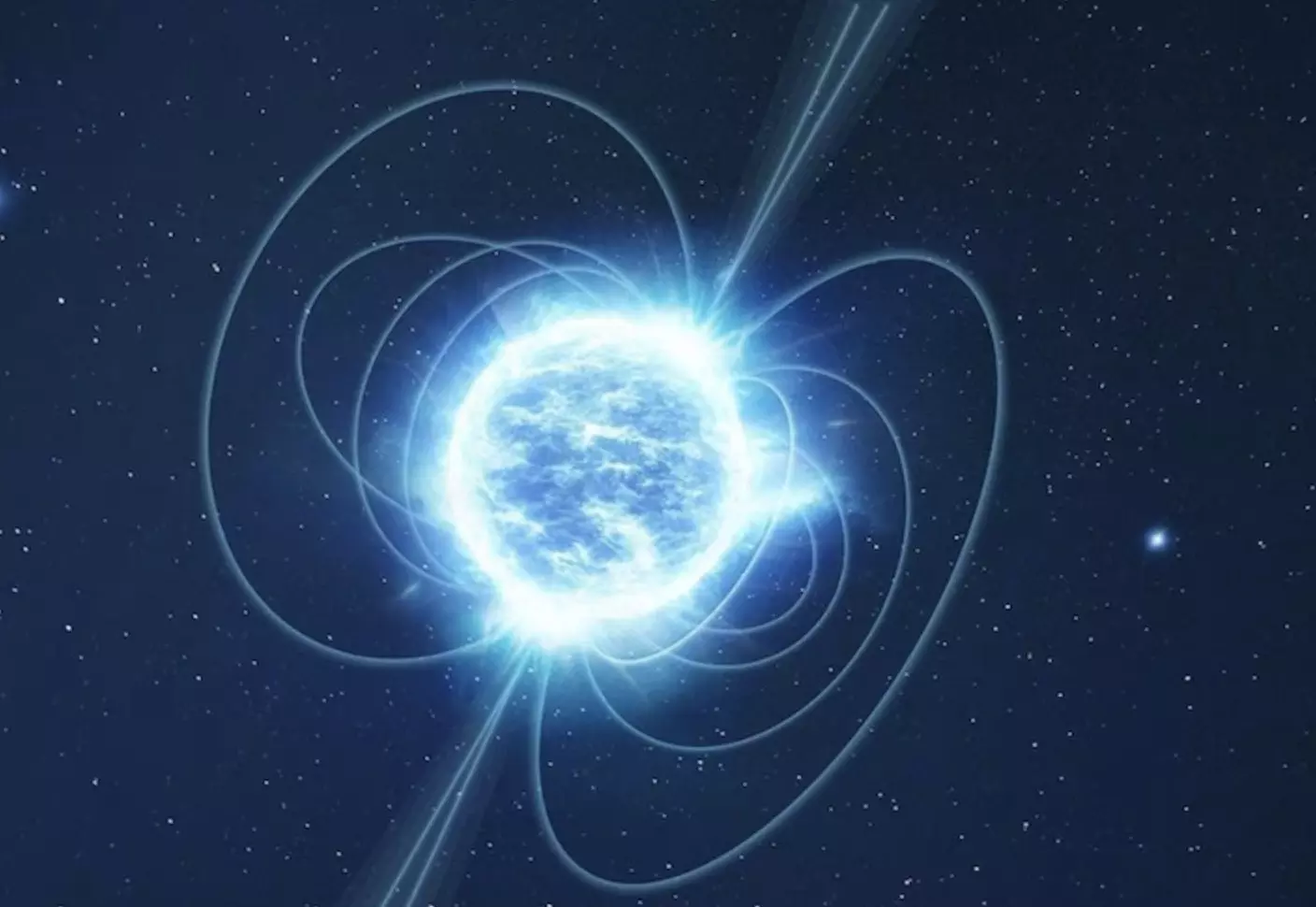NASA’s Hubble telescope tracks rogue neutron star with mysterious origins
NASA’s Hubble telescope tracks rogue neutron star with mysterious origins

NASA’s Hubble Space Telescope has observed a wandering magnetar, SGR 0501+4516, raising intriguing questions about its origins and potentially shedding light on fast radio bursts. The magnetar, first detected in 2008 by NASA’s Swift Observatory, emits intense gamma-ray flashes from the outer regions of the Milky Way.
Scientists have suggested that this rogue magnetar may not have originated from a supernova, as was initially believed. Its unusual behavior could provide crucial insights into the phenomena of fast radio bursts.
Magnetar Discovery
Magnetars are neutron stars, the remnants of dead stars, with magnetic fields so powerful that they are more than a trillion times stronger than Earth’s. According to Ashley Chrimes, the lead author of the study published in Astrophysics on April 15, a magnetar’s magnetic influence is so intense it could disrupt electronics as far as the midpoint between Earth and the Moon. If someone were to come within 600 miles of a magnetar, the intense magnetic field could tear apart their atoms.
Initially, it was believed that SGR 0501+4516 came from the supernova remnants of HB9, discovered near its location. However, further analysis using Hubble’s sensitive instruments and data from the European Space Agency’s Gaia spacecraft suggested otherwise, casting doubt on its origin.
Tracking the Magnetar’s Movement
Hubble’s long-term monitoring of the magnetar has revealed that its movement does not align with the supernova remnants of HB9, hinting at an alternative origin. After tracking its trajectory for nearly a thousand years, scientists have confirmed there are no connections to any known supernova remnants or star clusters, deepening the mystery surrounding this roaming magnetar.
Implications for Fast Radio Bursts
The discovery of SGR 0501+4516 is particularly important for understanding fast radio bursts (FRBs), a phenomenon originating from ancient stellar populations. NASA suggests that this magnetar may be key to explaining the origins of these enigmatic bursts, which are still not fully understood.
Future Hubble observations are planned to further investigate the nature and origins of magnetars, potentially offering groundbreaking insights into these extreme cosmic objects.

